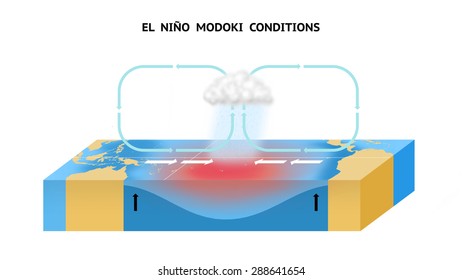South Africa Climate Model Projections:

What is a climate Model:
A climate Model is a mathematical representation of the climate system based on physical, biological and chemical principles which allow us to make projections on the future of the earths climate systems. These models are important as they provide solutions which are separate in time allowing for mitigation strategies to be created. Basically they are representations of past and future climates based on parameters created by scientists through studying of the current state of the earths climate.
Global Climate Change Projections:
I think most of us are aware global warming is a hot topic at the moment with it predicted that in several decades the worlds climate will become warmer than it has been for over a million years which will have unprecedented repercussions of the world. It is also important though to realize that the warming of the earth will not be uniform, with middle to high latitudes warming more than the tropics and land masses warmer than the worlds oceans. The IPPC have released some really bleak reports which project that the earth will warm between 0.9 to 5.4 degrees Celsius dependent on the different mitigation strategies implemented if any will be.
South Africa Projects:
Over the last five decades significant changes in climate have been observed in South Africa. Mean annual temperatures have increased by about 1.5 times the observed global average of 0.65°C, and hot and cold extremes have increased and decreased respectively in frequency. In almost all hydrological zones there has been a tendency towards reduced rainfall for the autumn months, though annual rainfall has not changed significantly. Instead there has been an overall reduction in the number of rainy days, implying a tendency towards an increase in the intensity of rainfall events and increased dry spell duration. Climate change projections for South Africa up to 2050 and beyond project warming as high as 5–8°C over the South African interior, and somewhat less over coastal regions, under an unmitigated global emissions scenario. With some models projecting a drastic reduction in rainfall over Limpopo with rainfall increasing however near the northeastern parts of South Africa, Zimbabwe and Mozambique. However, with all the doom and gloom that these climate model projections point towards it must be known that these projected climate changes are within the range of historical natural variability.
The only pressing issue rather is not how the natural world will respond to these changes but rather how South Africa will with its major socio-economic issues.









